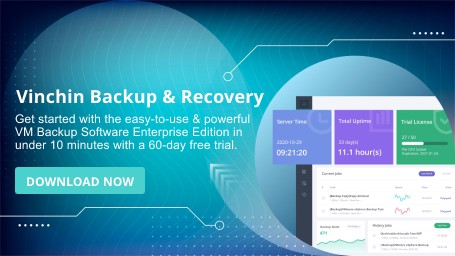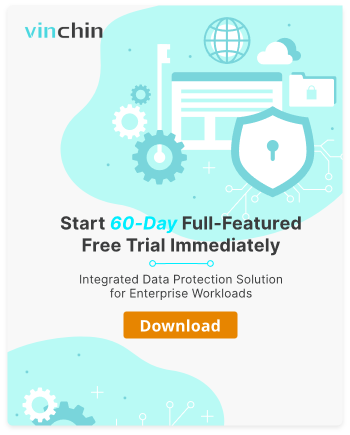-
What Is Business Resilience?
-
Why Business Resilience Matters
-
Core Components of Business Resilience
-
Method 1: Building Business Resilience Through Planning
-
Method 2: Leveraging Technology for Business Resilience
-
Protecting Data With Vinchin Backup & Recovery for Business Resilience
-
Business Resilience FAQs
-
Conclusion
Disruptions—from cyberattacks to supply chain failures—can halt operations instantly. For operations administrators, business resilience is the armor your organization needs to withstand these shocks and keep moving forward. But what does it really mean? And how can you build it into every layer of your company?
What Is Business Resilience?
Business resilience means your organization can absorb shocks, adapt quickly to change, and continue operating during—and after—disruptions. Unlike business continuity—which focuses on short-term recovery—business resilience is about long-term adaptability and growth in adversity.
A resilient business can maintain critical functions during crises, recover fast from setbacks, and even find opportunities when conditions shift unexpectedly. This concept covers not just IT systems but also people skills, process design, supply chains, facilities management, and reputation protection.
Why Business Resilience Matters
Why should you care about business resilience? Because risks are real—and growing more severe each year. According to McKinsey (2023), companies face more frequent disruptions than ever before: pandemics shut down offices overnight; ransomware attacks freeze entire networks; natural disasters block access to physical sites; supply chain failures delay vital deliveries.
Without strong business resilience:
Downtime leads directly to lost revenue
Brand reputation suffers
Customers lose trust
Regulatory penalties may follow if compliance lapses occur
The cost of downtime alone can reach thousands—or even millions—of dollars per hour depending on your industry (Gartner). Organizations with tested resilience plans reduce downtime costs by up to 40% (McKinsey). On the other hand, resilient organizations recover faster after incidents and often outperform competitors over time (Accenture).
So ask yourself: How much would one day of unplanned outage cost your company?
Core Components of Business Resilience
Building true business resilience requires attention across four core areas: people, processes, technology, and data security.
First come your people—the backbone of any response plan. Cross-training staff ensures coverage if someone is unavailable during a crisis. Clear communication protocols help everyone know their role when things go wrong.
Next are processes—documented workflows that define how tasks get done under normal circumstances or stress conditions alike. Approval redundancies prevent bottlenecks if key decision-makers are absent or unreachable during emergencies.
Technology forms another pillar: backup systems protect against data loss; failover clusters keep applications running even if hardware fails; robust monitoring tools alert you early when something goes wrong so you can act fast instead of react late.
Finally comes data security—encryption protects sensitive information at rest or in transit while geographic replication ensures copies exist far from local threats like fire or flood.
By auditing each area regularly—as discussed in Method 1—you identify gaps before they become weaknesses attackers or disasters can exploit later on.
Method 1: Building Business Resilience Through Planning
Planning lays the foundation for all effective business resilience strategies—it’s not just paperwork but real preparation for real-world challenges that could strike at any time.
Start by conducting a thorough business impact analysis (BIA). Per ISO 22301:2019 guidelines this means identifying which processes are mission-critical—and mapping out their dependencies such as required resources (“CRM system requires 4 vCPUs/16GB RAM/Database Cluster X”). Ask yourself: What happens if this system fails? How long could we operate without it?
Next comes risk assessment where you list potential threats ranging from natural disasters through cyberattacks right down to losing key personnel unexpectedly.
Quantify downtime costs per critical system using this simple formula:
(Hourly revenue loss) + (Recovery labor costs) + (Compliance penalties)
This helps prioritize where investments matter most—and gives leadership hard numbers when making budget decisions.
Develop clear response/recovery plans tailored for each major risk identified above.
Who does what? What resources do they need? How will updates be communicated internally/externally?
Test these plans regularly via tabletop exercises or live simulations.
After every test—or actual incident—review what worked versus what didn’t then update documentation accordingly.
Train your team frequently so everyone knows their role under pressure.
Regular drills build confidence while reducing panic when disruptions actually hit.
Remember planning isn’t a one-time event—it’s an ongoing cycle of assessment/action/improvement that keeps pace with changing threats.
Method 2: Leveraging Technology for Business Resilience
Technology enables organizations not only to survive disruptions but also thrive despite them—but only if those tools are reliable well-integrated into daily operations routines.
Let’s look at how technology strengthens overall organizational resilience:
Data Protection & Backup – Regular automated backups ensure rapid recovery after cyberattack/hardware failure while cloud storage adds another safety net offsite.
Disaster Recovery Solutions – Virtualization plus cloud-based recovery allow restoration even if primary site goes offline entirely.
Aim for RTO (Recovery Time Objective) less than one hour for Tier-1 systems using hot-site replication/cloud failover setups whenever possible.
Cybersecurity Measures – Firewalls endpoint protection real-time monitoring all help detect/prevent attacks before major damage occurs—but only if kept up-to-date/tested routinely!
Collaboration Tools – Secure messaging video conferencing remote access platforms keep teams connected whether working remotely/from alternate locations during crisis events.
Automation & Monitoring – Automated failover health checks alerts minimize manual intervention reduce downtime speed up responses dramatically compared with traditional approaches.
Implementing Immutable Backups
One advanced tactic gaining traction among operations teams is deploying immutable backups using write-once-read-many (WORM) storage technologies.
These solutions prevent ransomware from altering backup files—even if attackers breach production environments—by locking backup copies against modification/deletion until preset retention periods expire automatically.
To maximize effectiveness always test restoration monthly via isolated recovery environments ensuring backups remain both accessible/integrity-protected over time.
When was the last time you tested your disaster recovery plan end-to-end?
Remember technology only builds true organizational resilience when it’s reliable thoroughly integrated into everyday workflows—not just sitting idle waiting “just in case.”
Protecting Data With Vinchin Backup & Recovery for Business Resilience
As a professional data protection solution provider, Vinchin owns the leading disaster recovery technology to all kinds of data security problems and provides reliable disaster recovery solutions to every client in IT industry. Vinchin Backup & Recovery is a professional solution which supports data backup of VM like VMware vSphere, Hyper-V, XenServer, XCP-ng, oVirt, RHV, OpenStack, etc. and other data like database, NAS, file server, etc.
By using Vinchin Backup & Recovery, you can instantly recover the entire VM and all its data from any restore point (no matter it's a full backup, incremental backup or differential backup) without any effectings on the original backup data. Any deduplicated or compressed backups can be recovered. It is an excellent solution to ensure business continuity, minimize the loss of crucial business interruption caused by disaster or system failure.
It only takes 4 steps to backup your virtual machine with Vinchin Backup & Recovery:
1.Select the backup object.
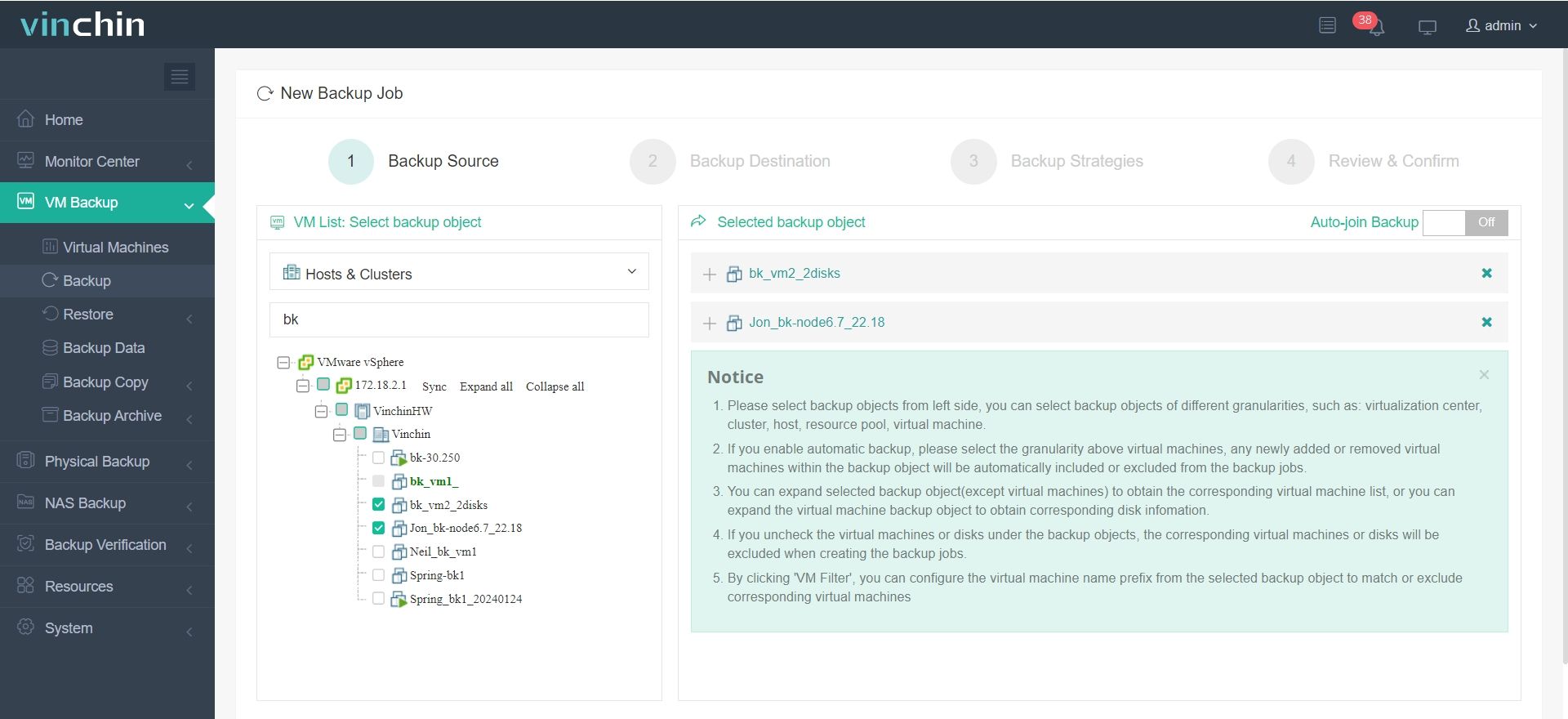
2.Select backup destination.
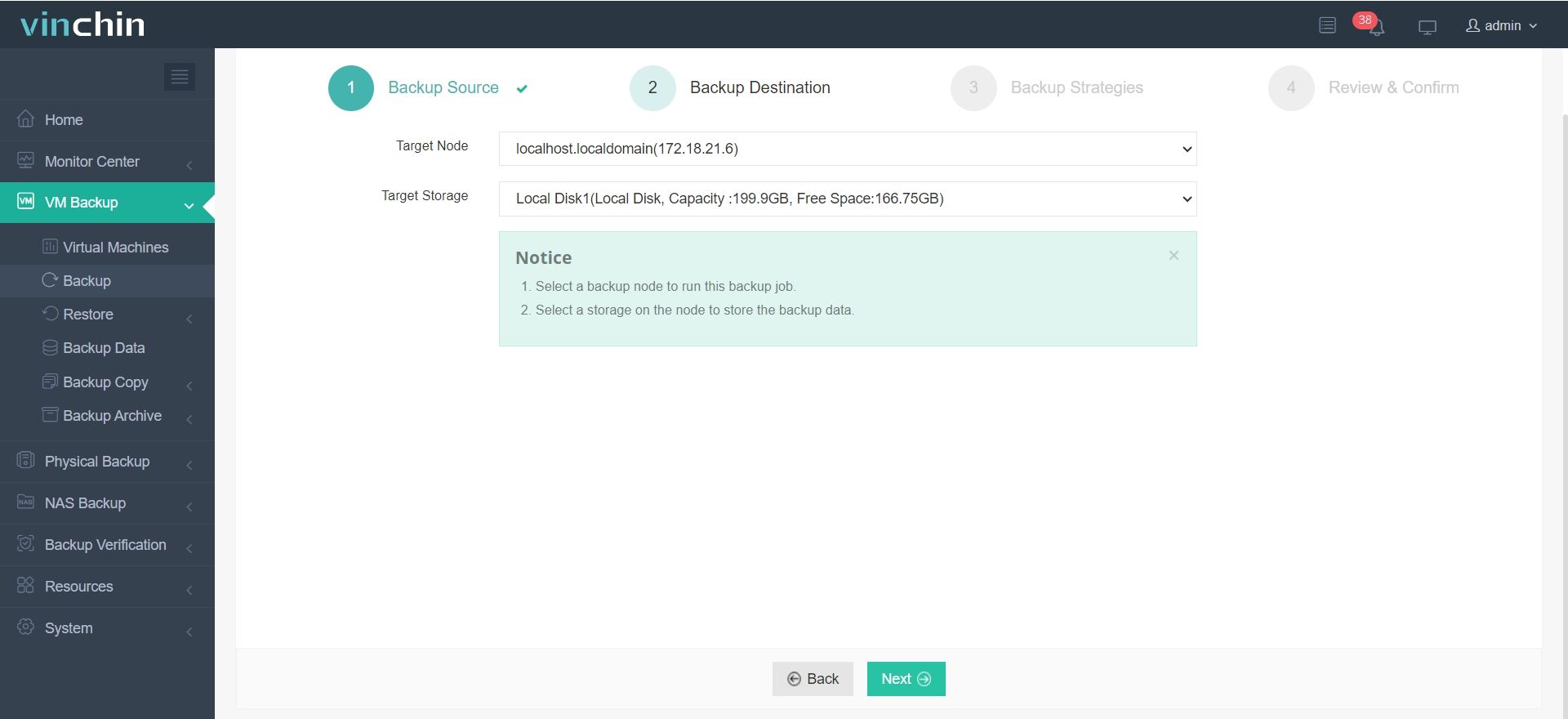
3.Configure backup strategies.
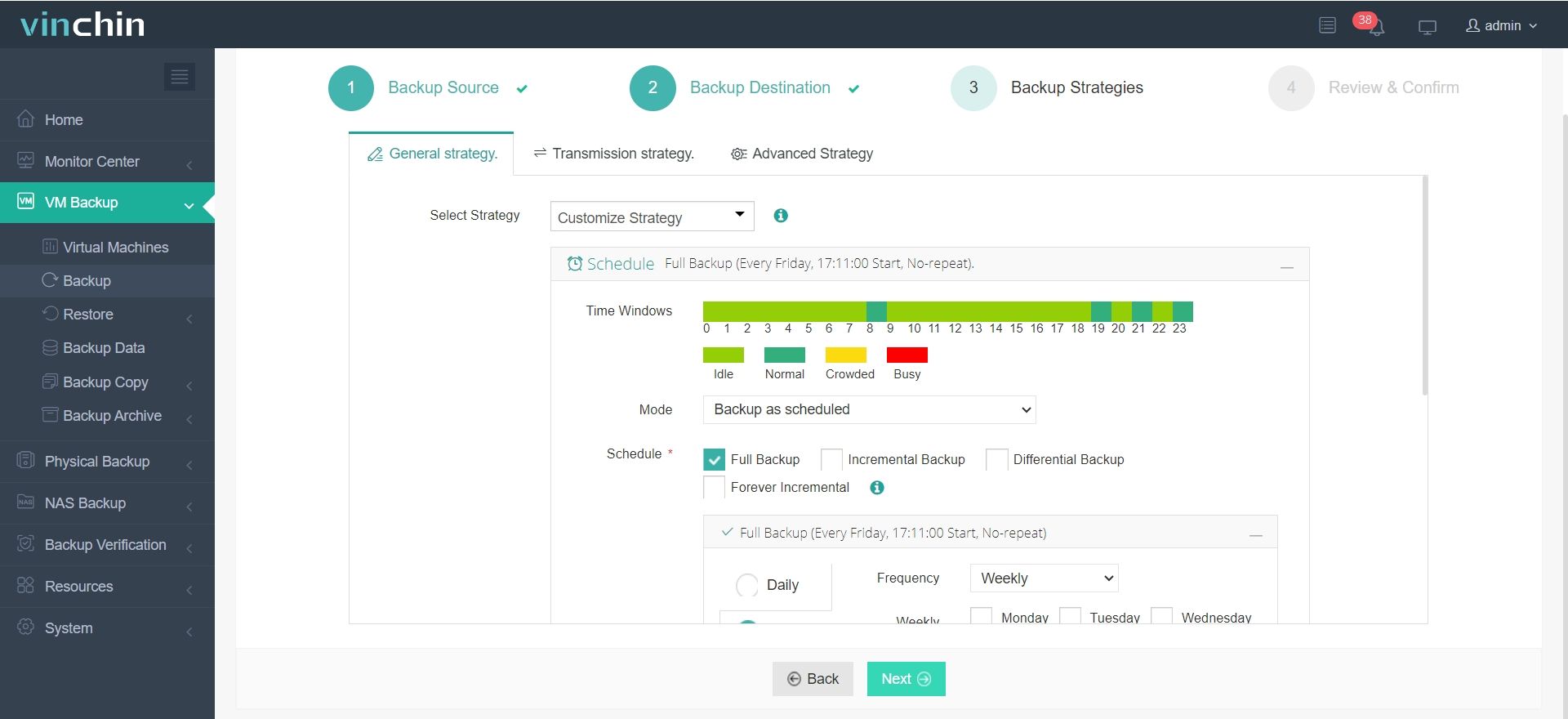
4.Review and submit the job.
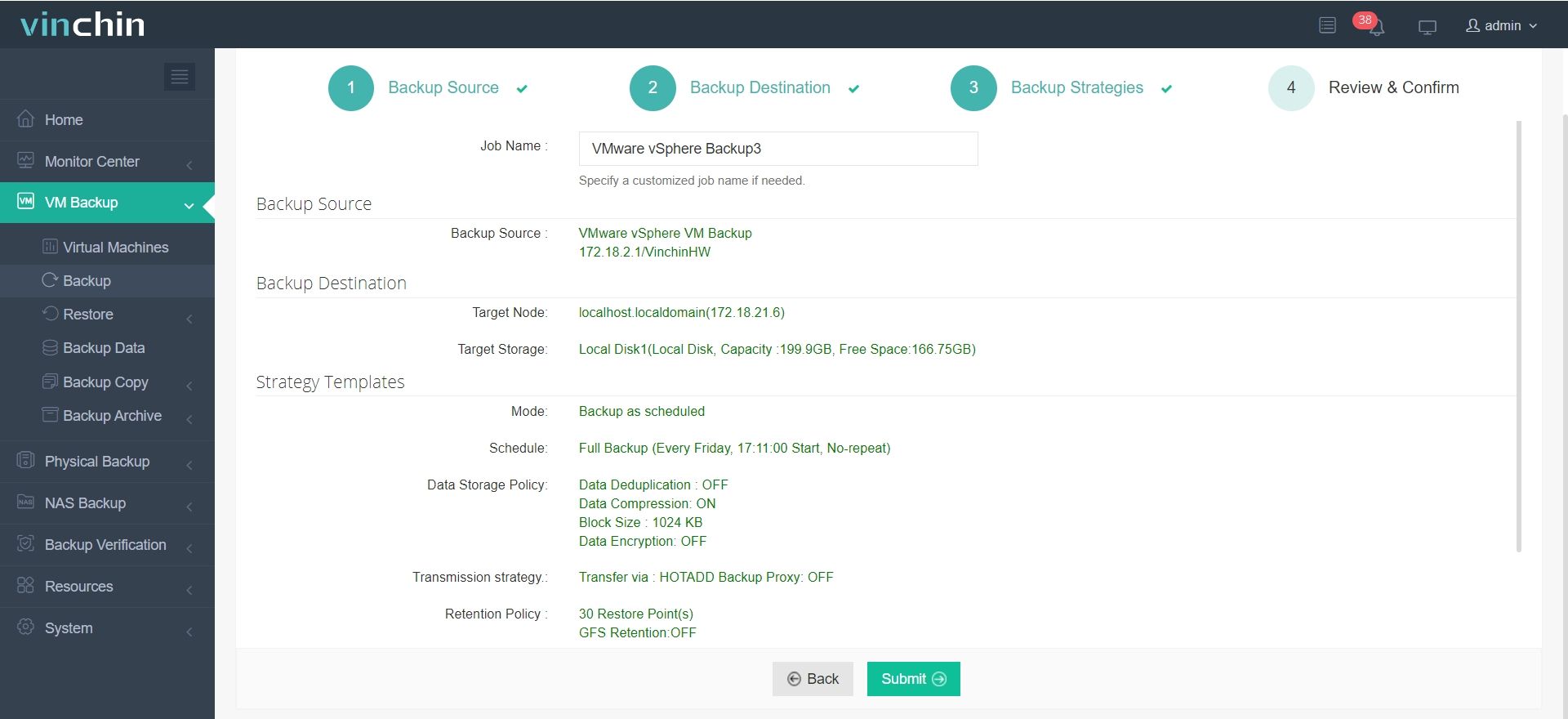
Vinchin Backup & Recovery has been selected by thousands of companies and organizations for IT disaster recovery and you can also start to use this powerful system with a 60-day full-featured free trial. Just click the button to get the installation package.
Business Resilience FAQs
Q1: How do I run a realistic test of my organization’s business resilience plan?
A1: Simulate disruption scenarios with cross-functional teams walk through each step review outcomes adjust plans based on lessons learned
Q2: What distinguishes business continuity from true business resilience?
A2: Continuity focuses on short-term survival/resumption whereas true resilience emphasizes long-term adaptability/growth amid ongoing change
Q3: How do I align our RPO/RTO targets with overall business goals?
A3: Map RPO/RTO values per workload using BIA results—for Tier-1 apps aim RPO <15 mins/RTO <1 hour—to match tolerance levels set by leadership/regulatory requirements
Conclusion
Business resilience empowers organizations not just to survive disruption but emerge stronger afterward—with careful planning robust technology disciplined execution plus trusted solutions like Vinchin forming the backbone of lasting success no matter what tomorrow brings next.
Share on:


